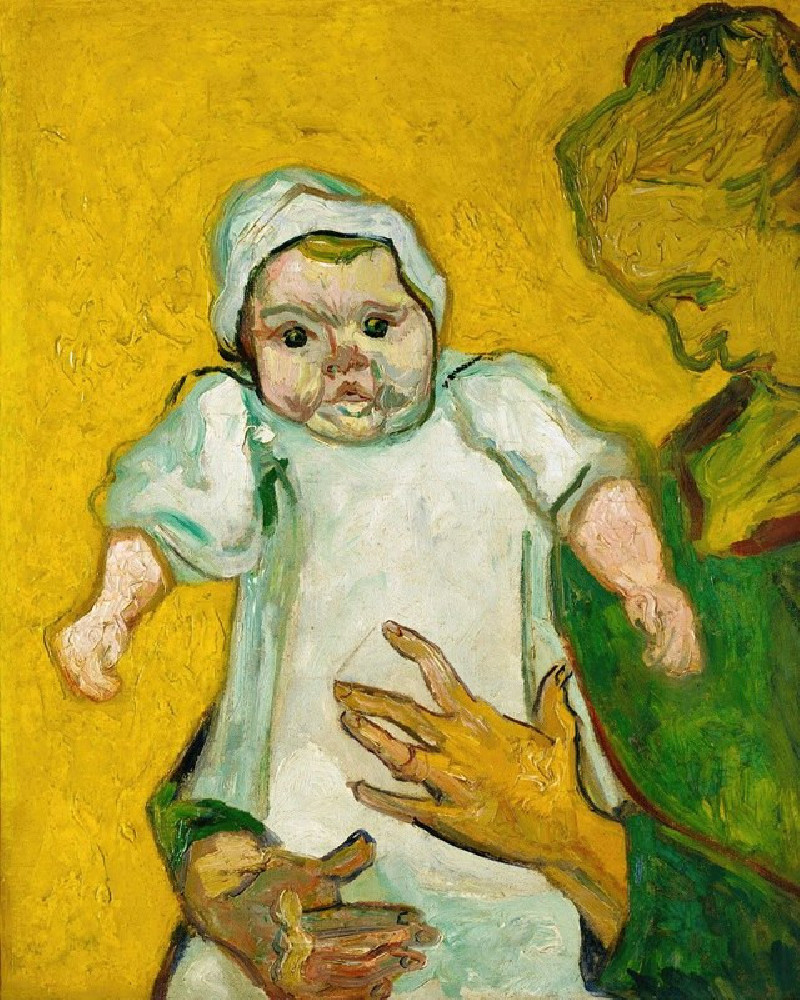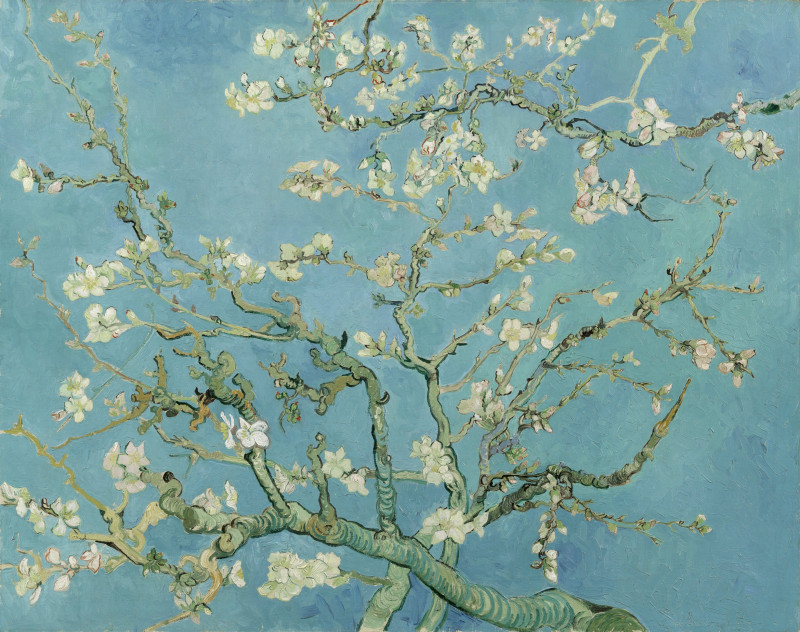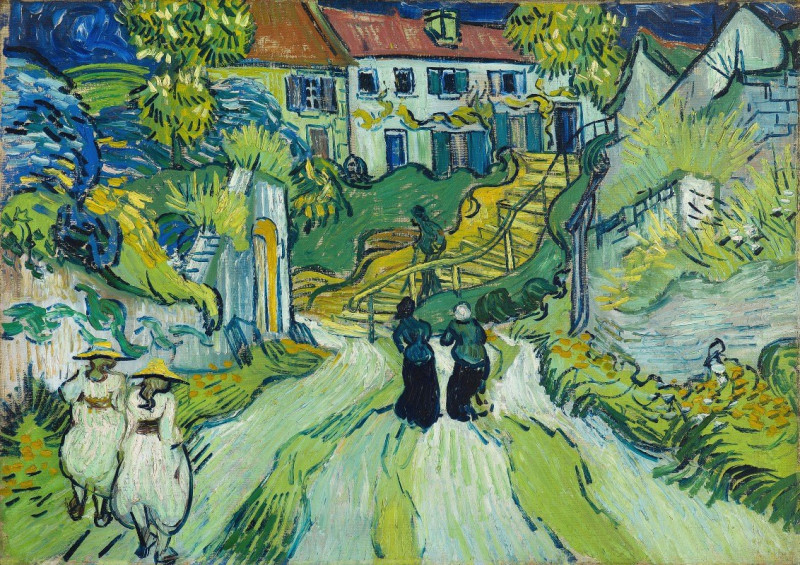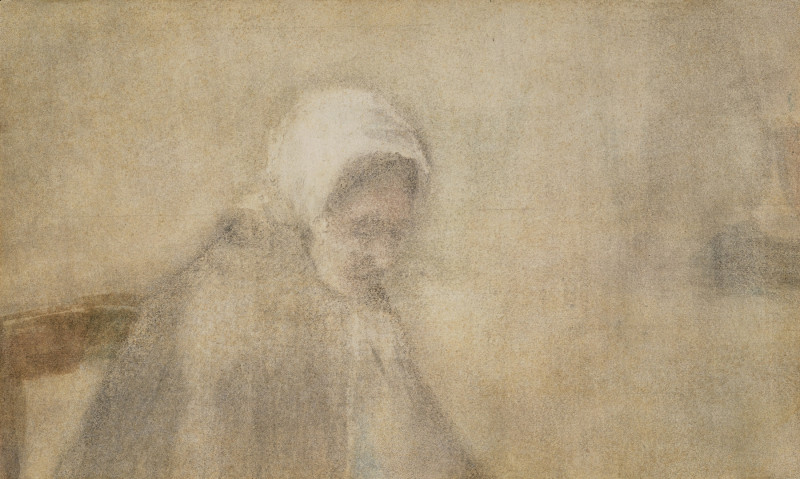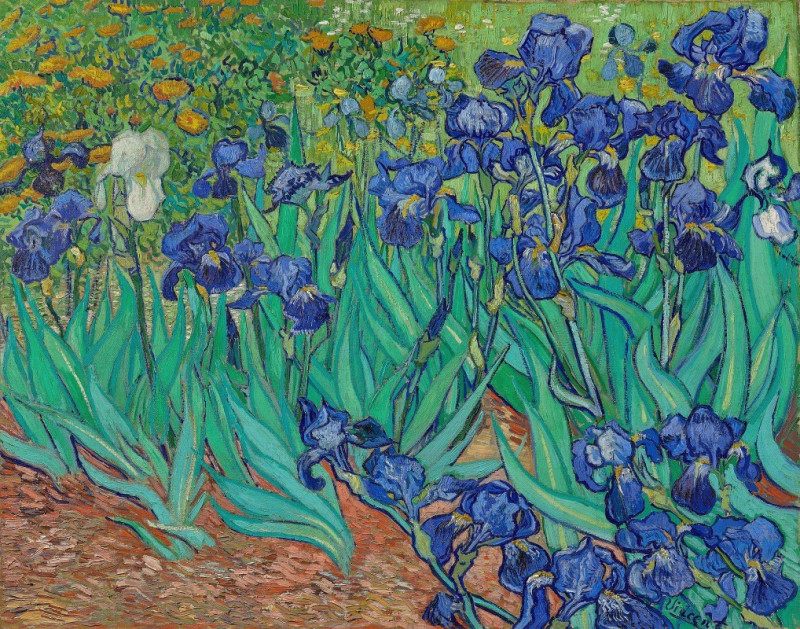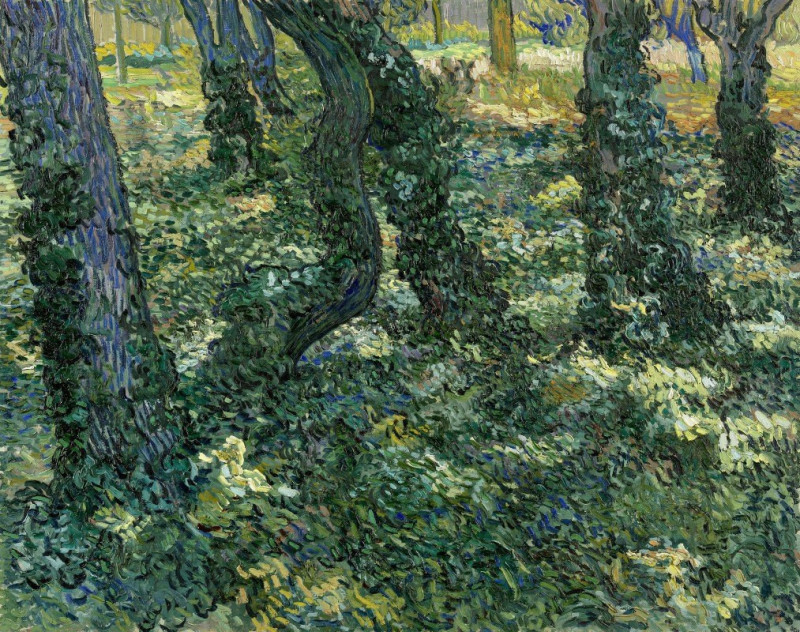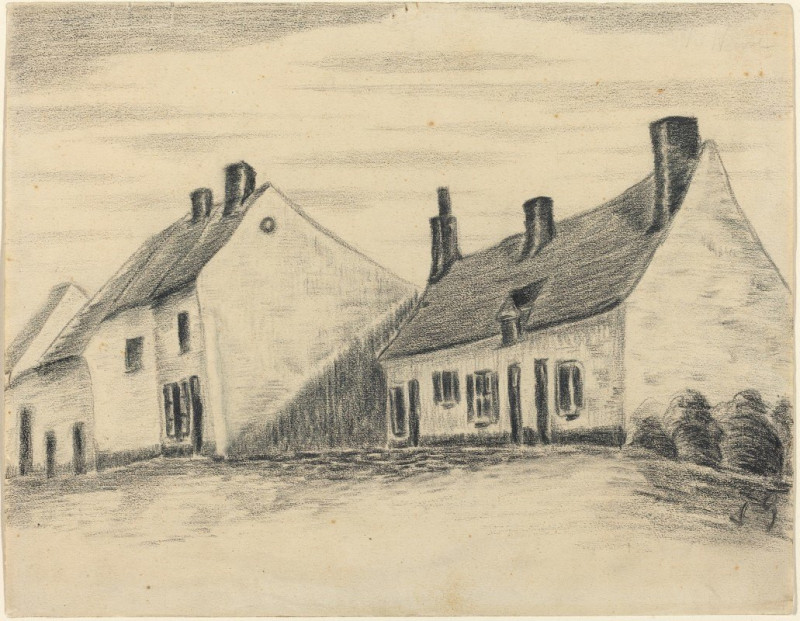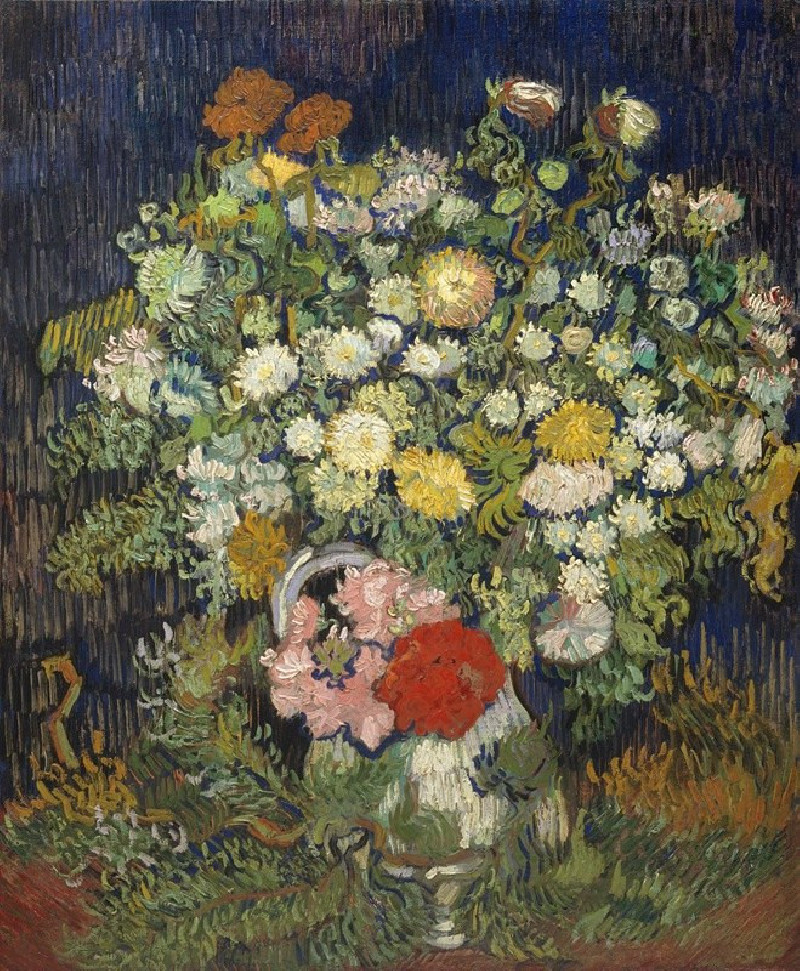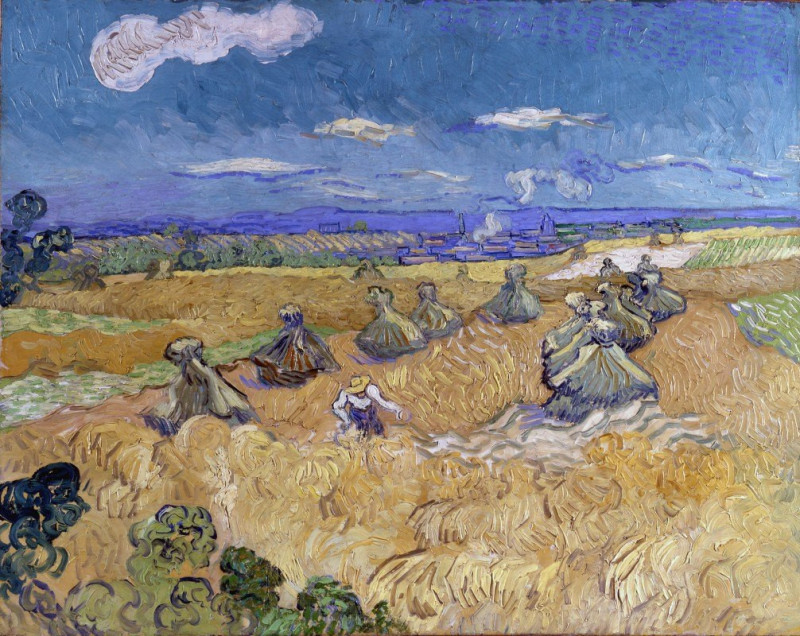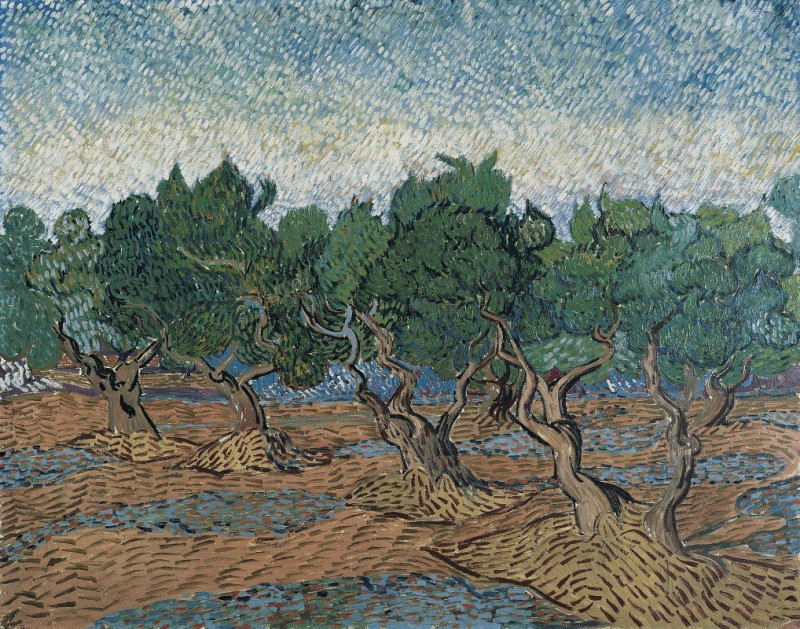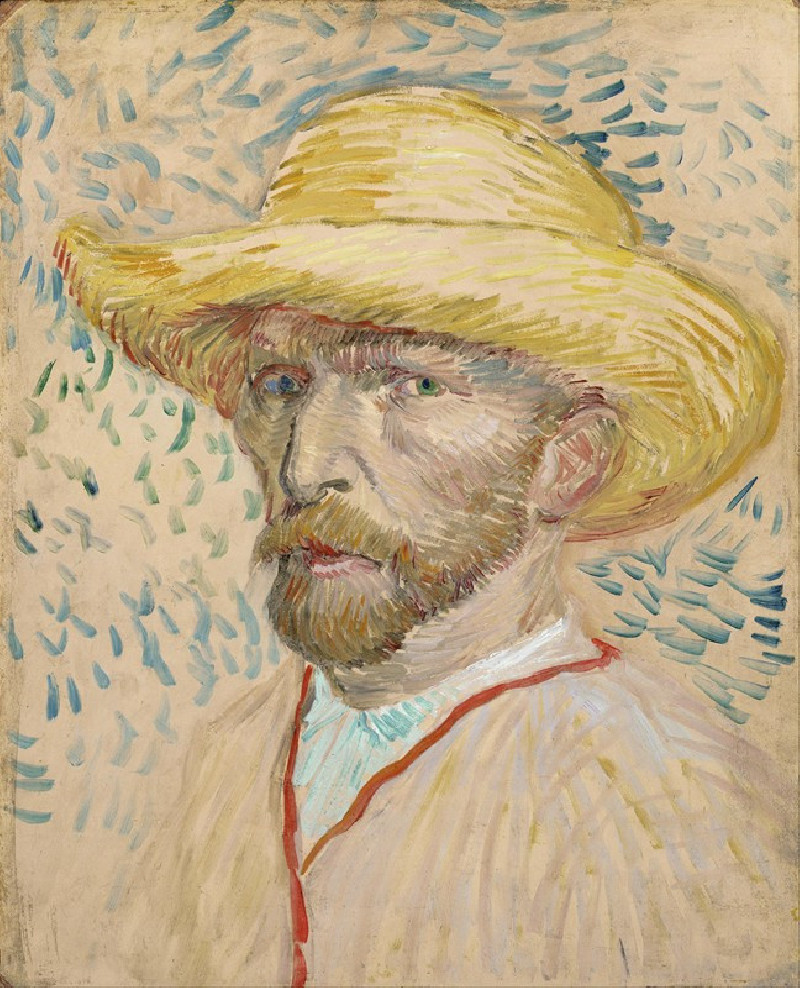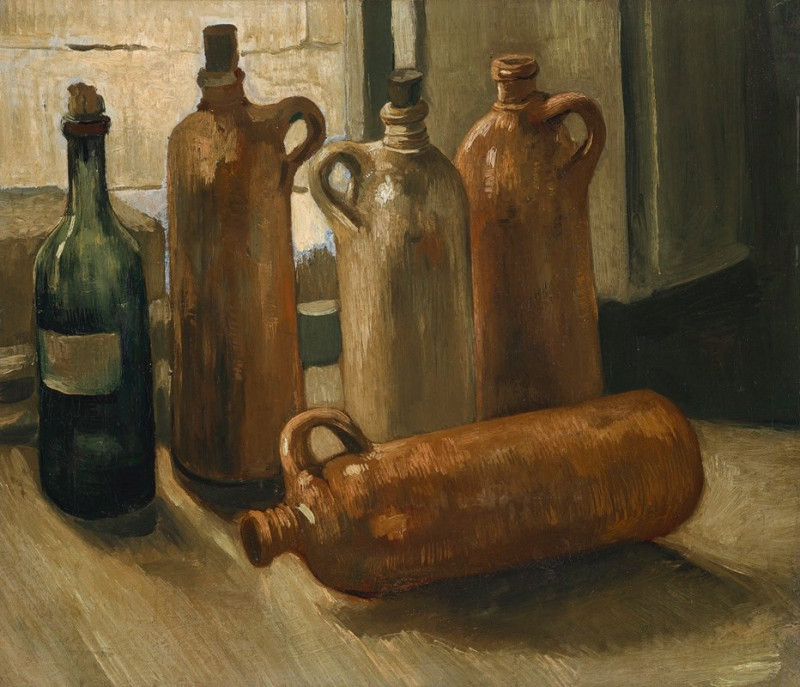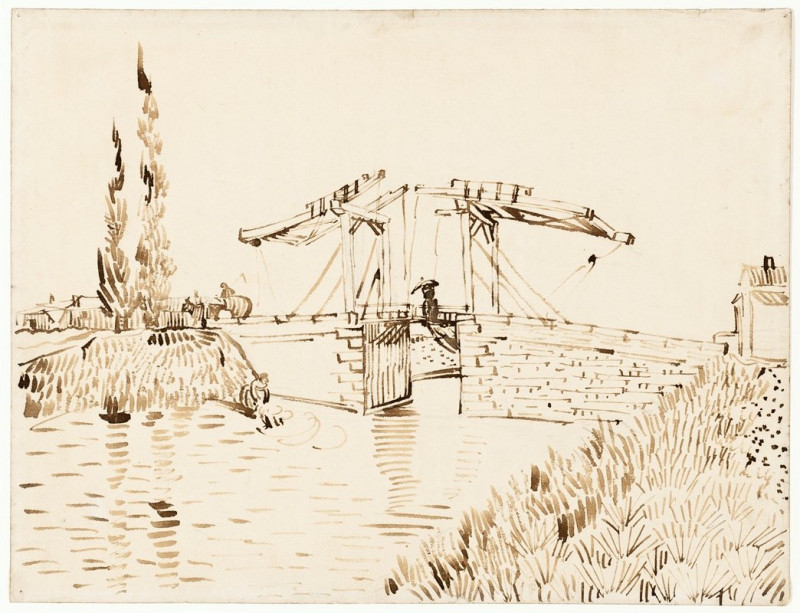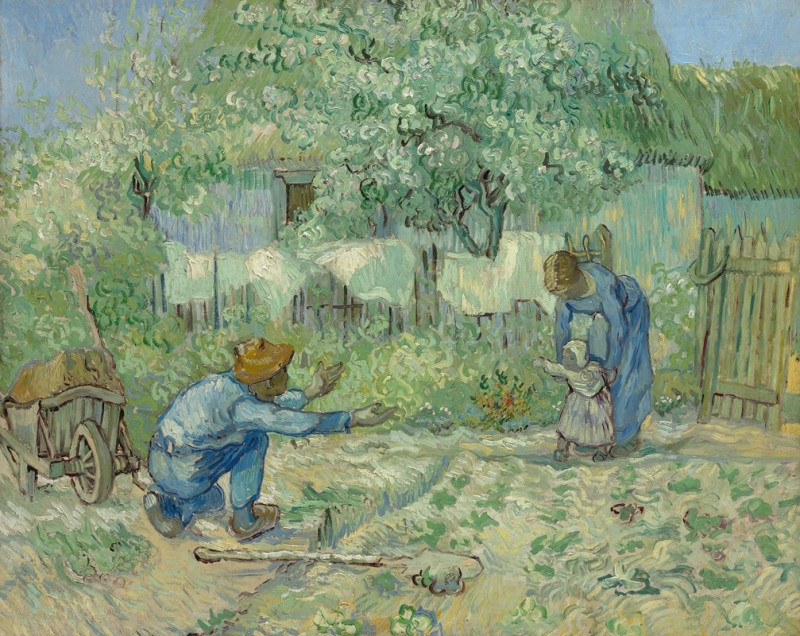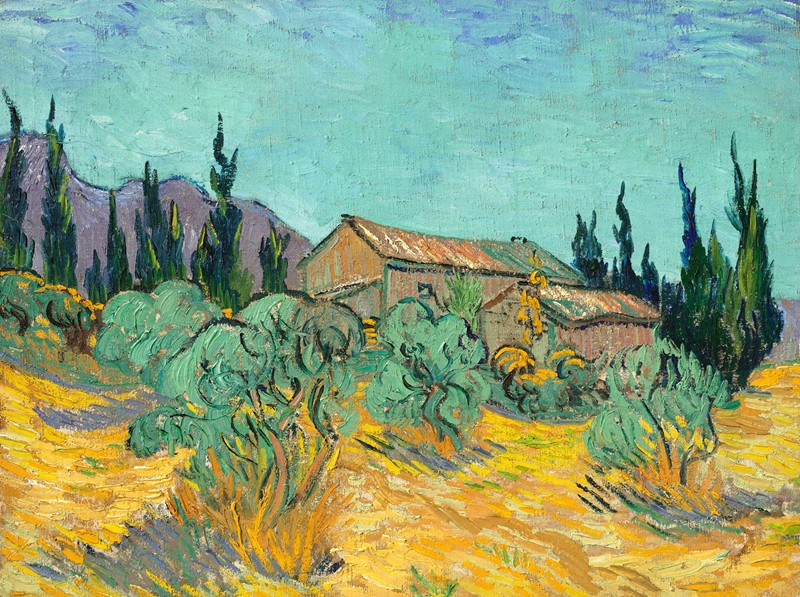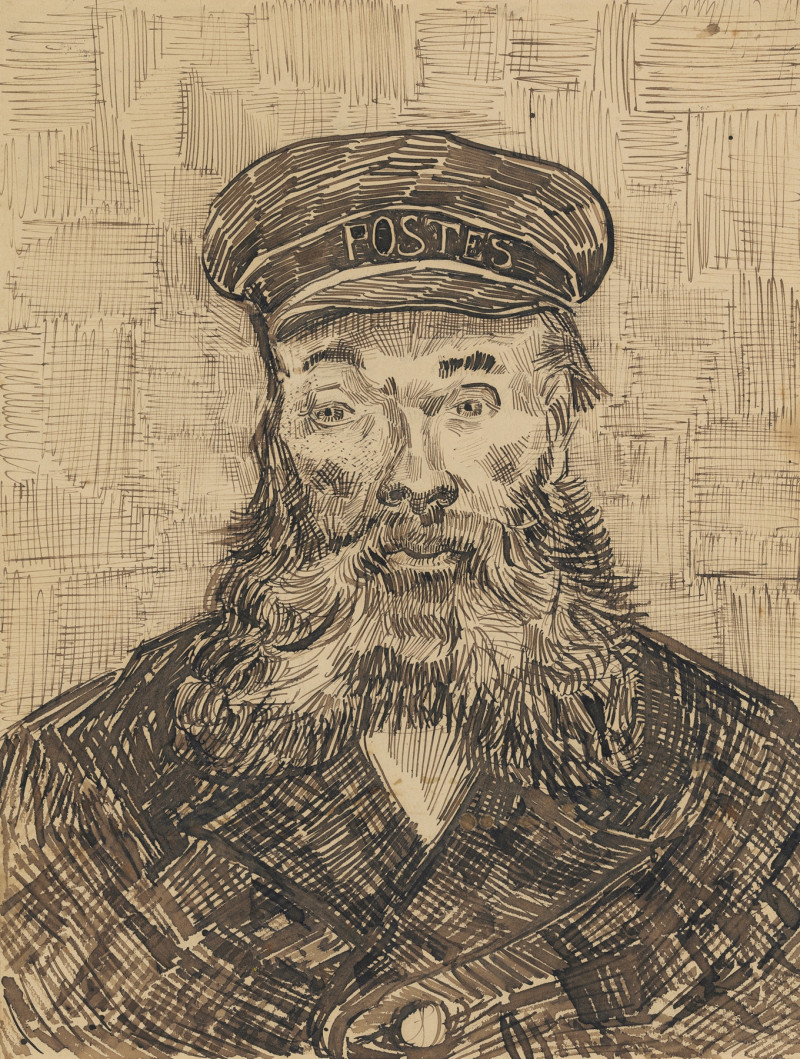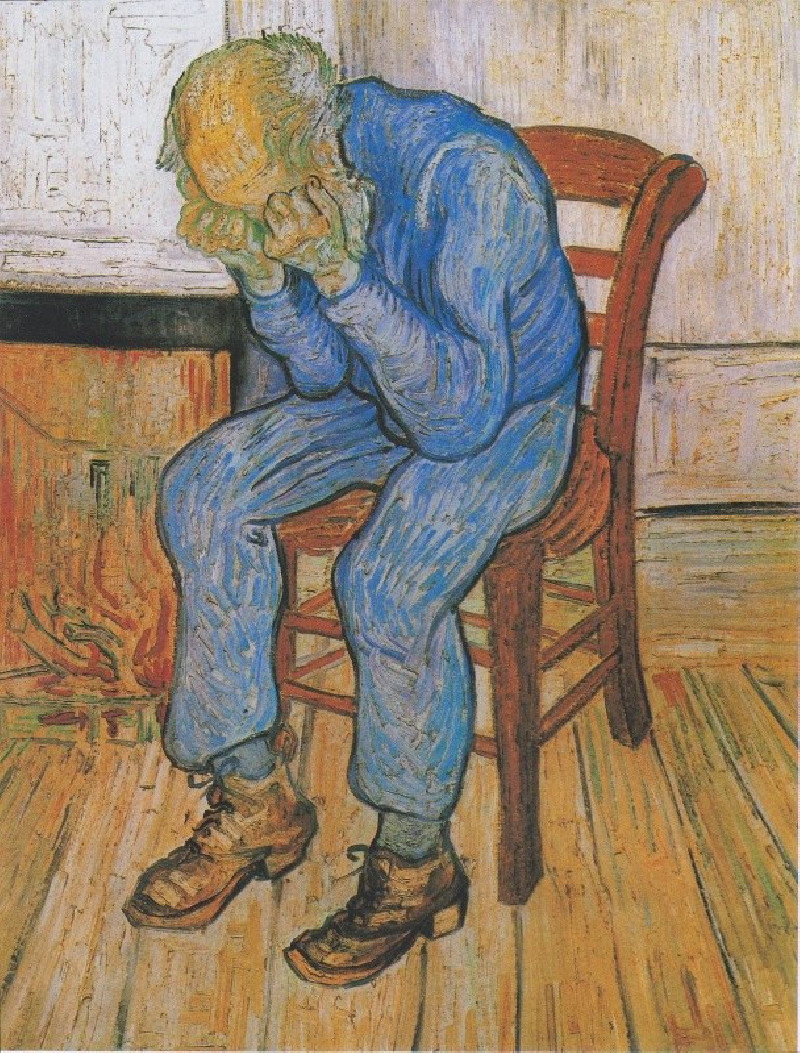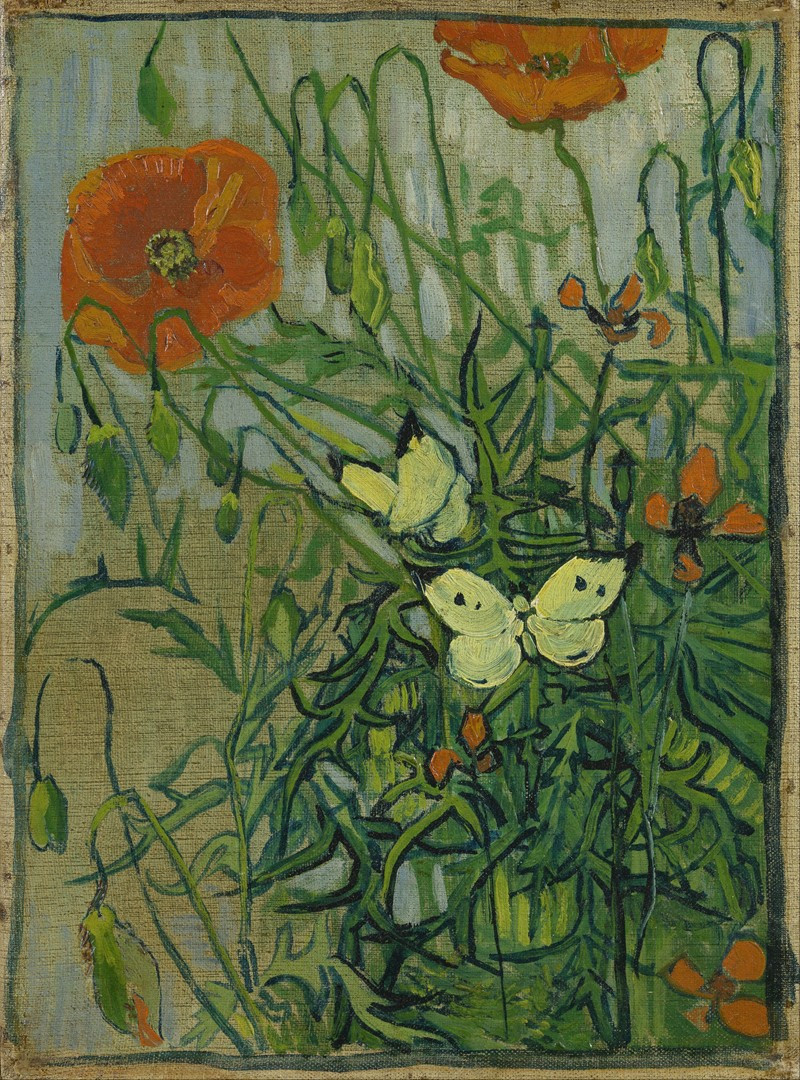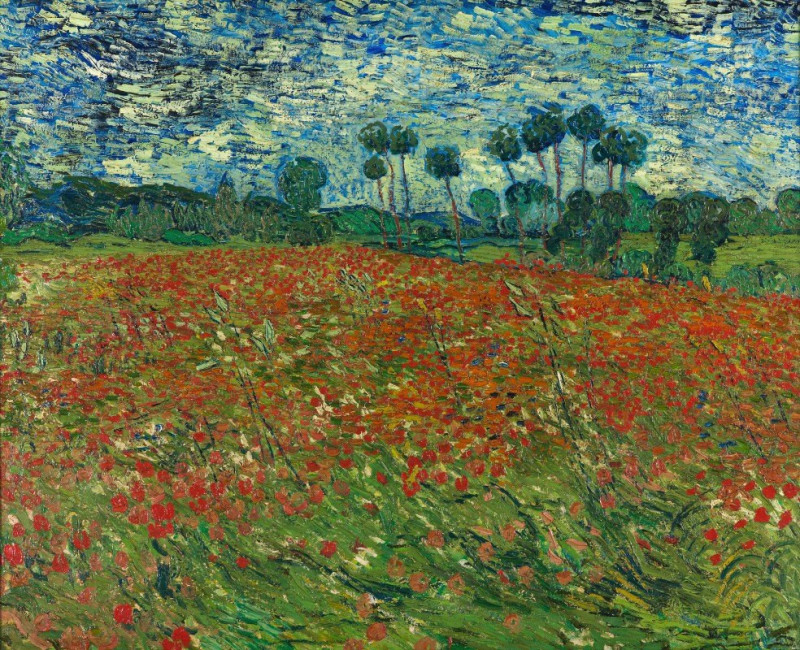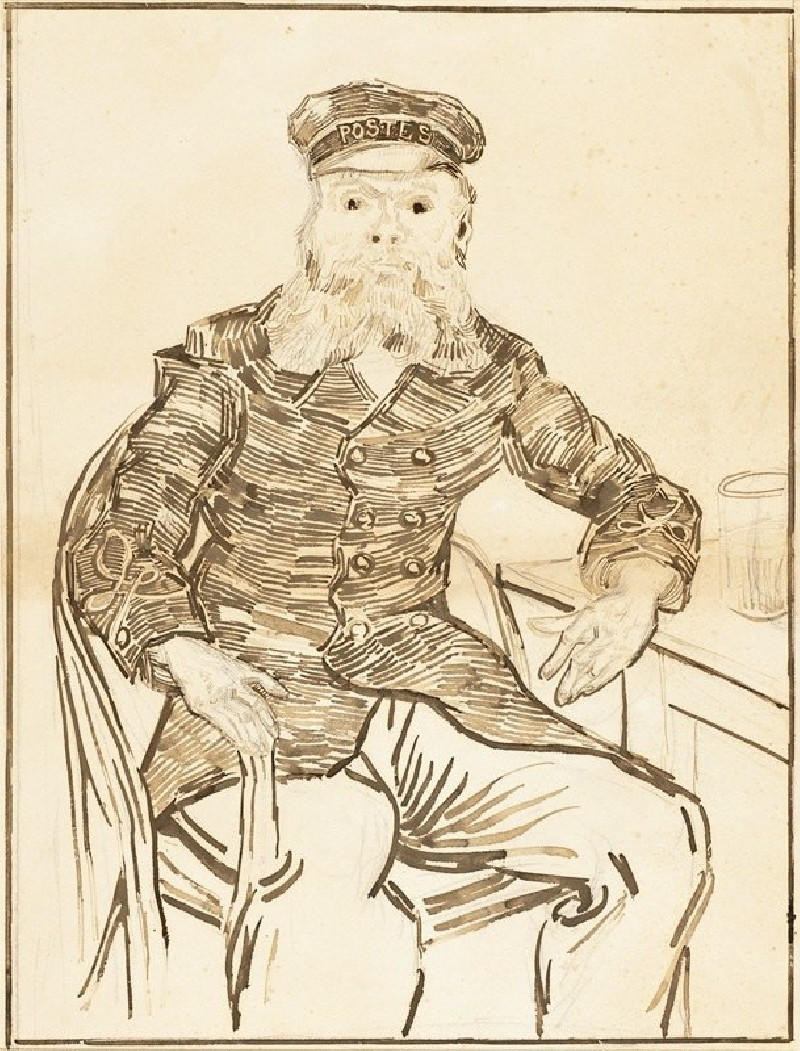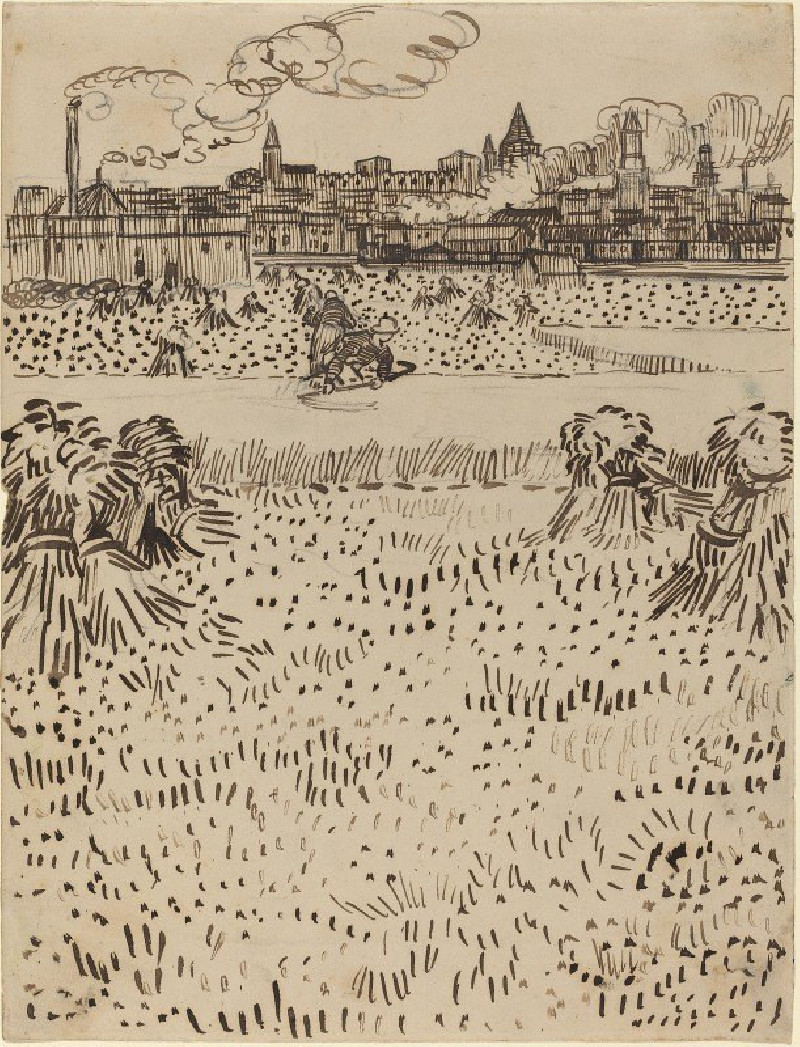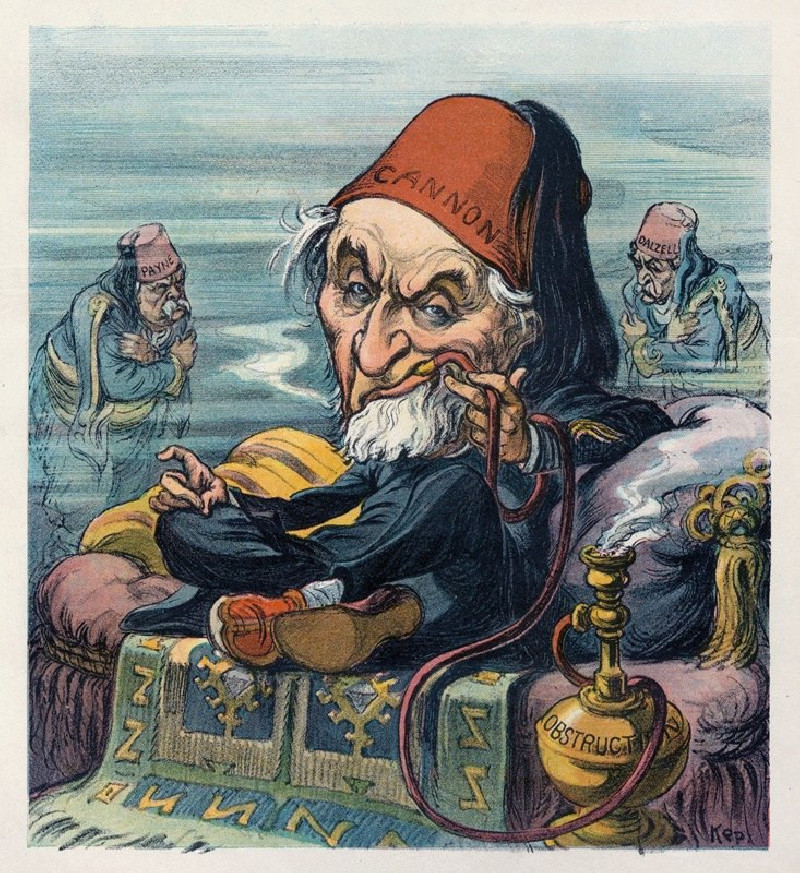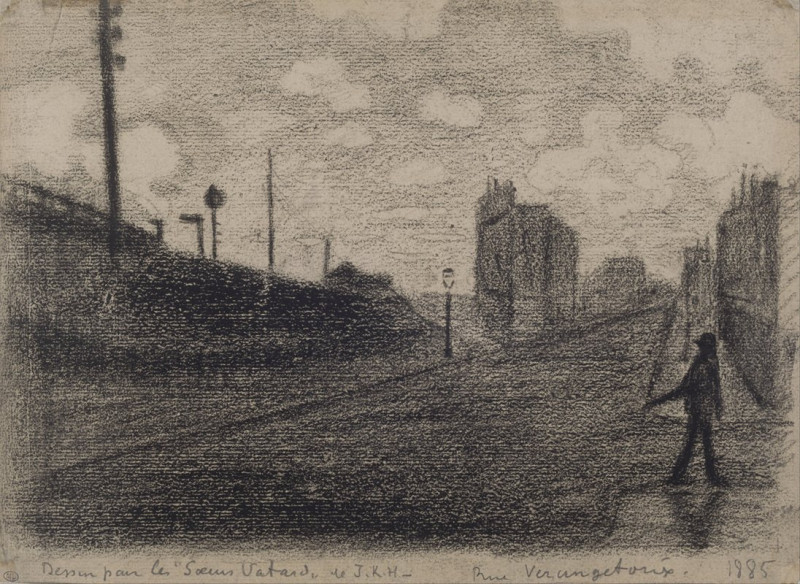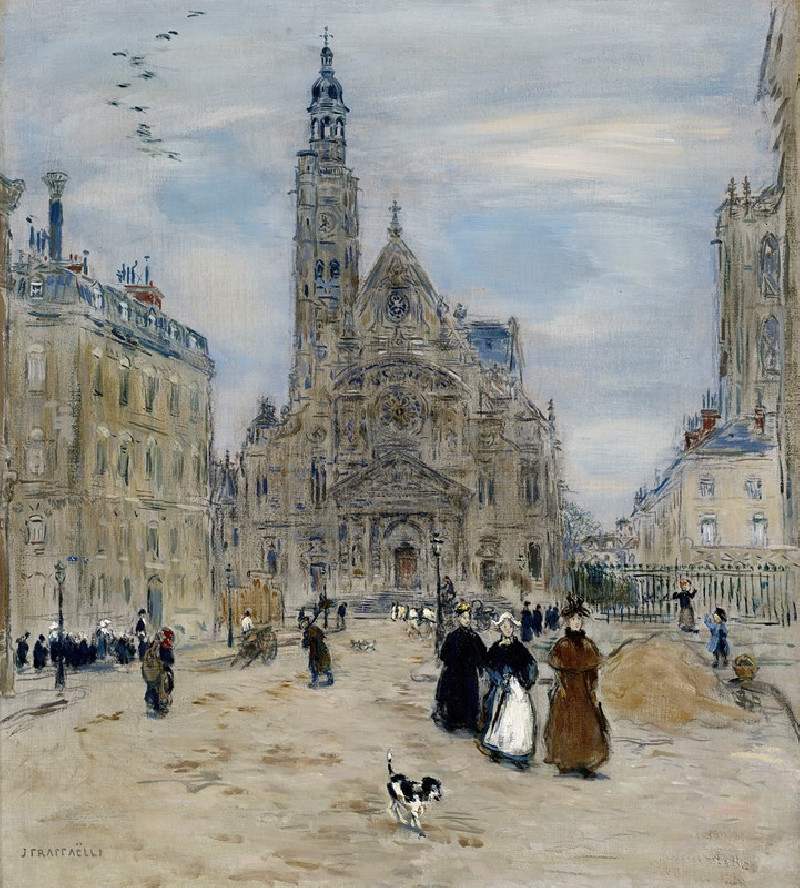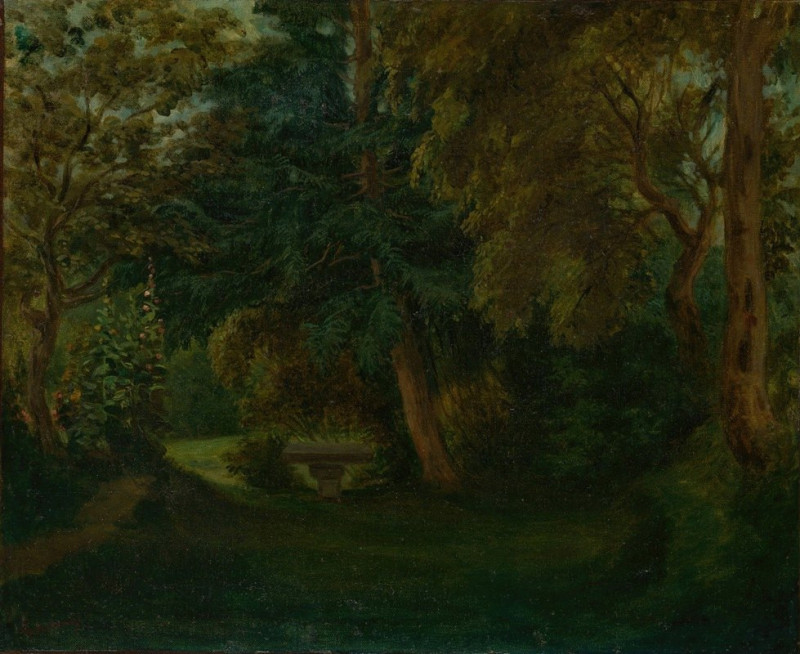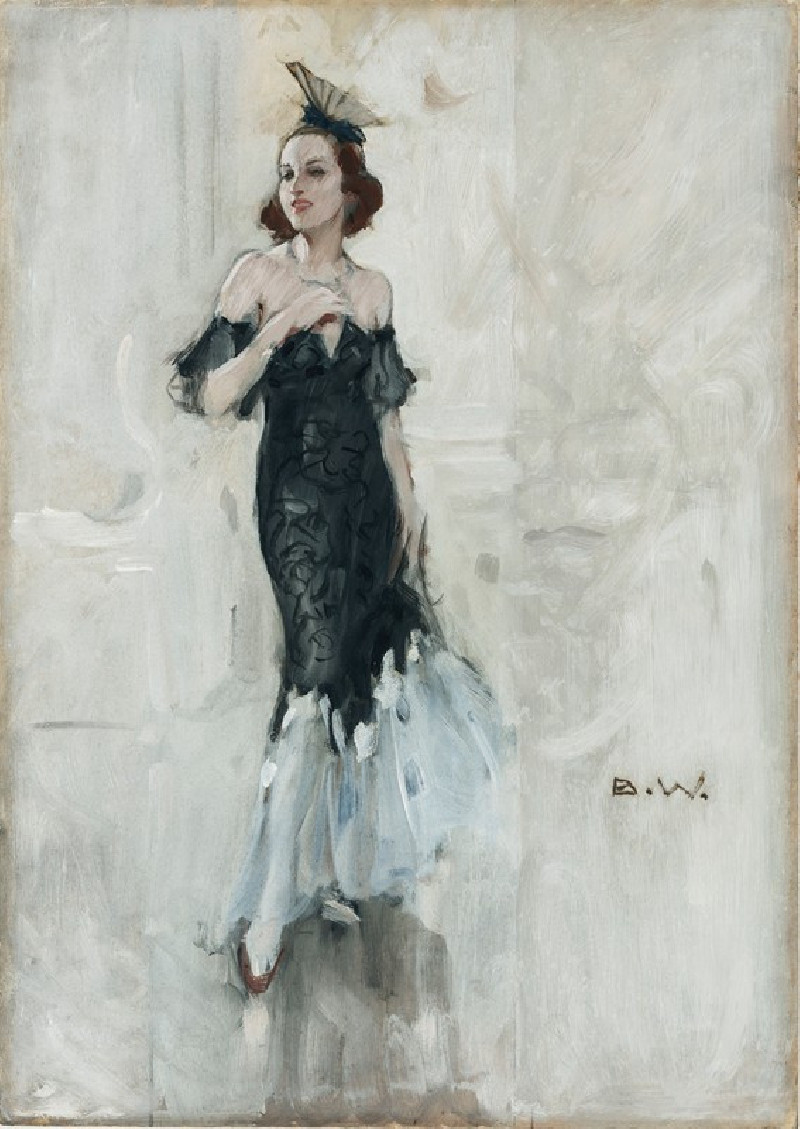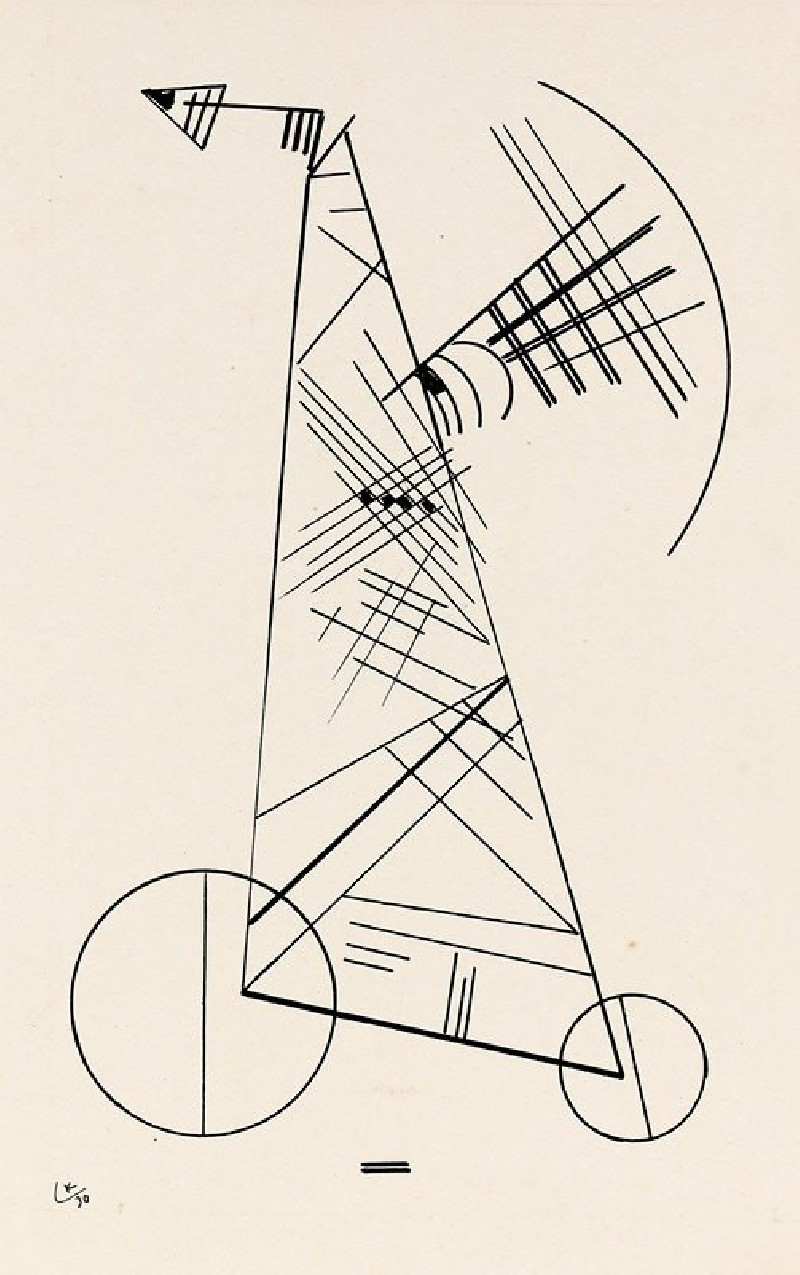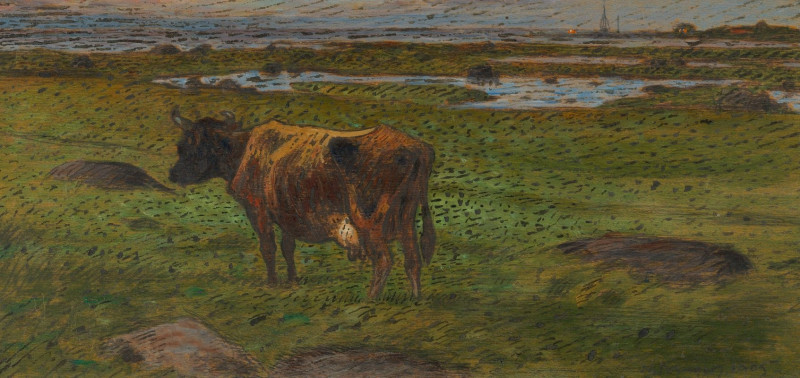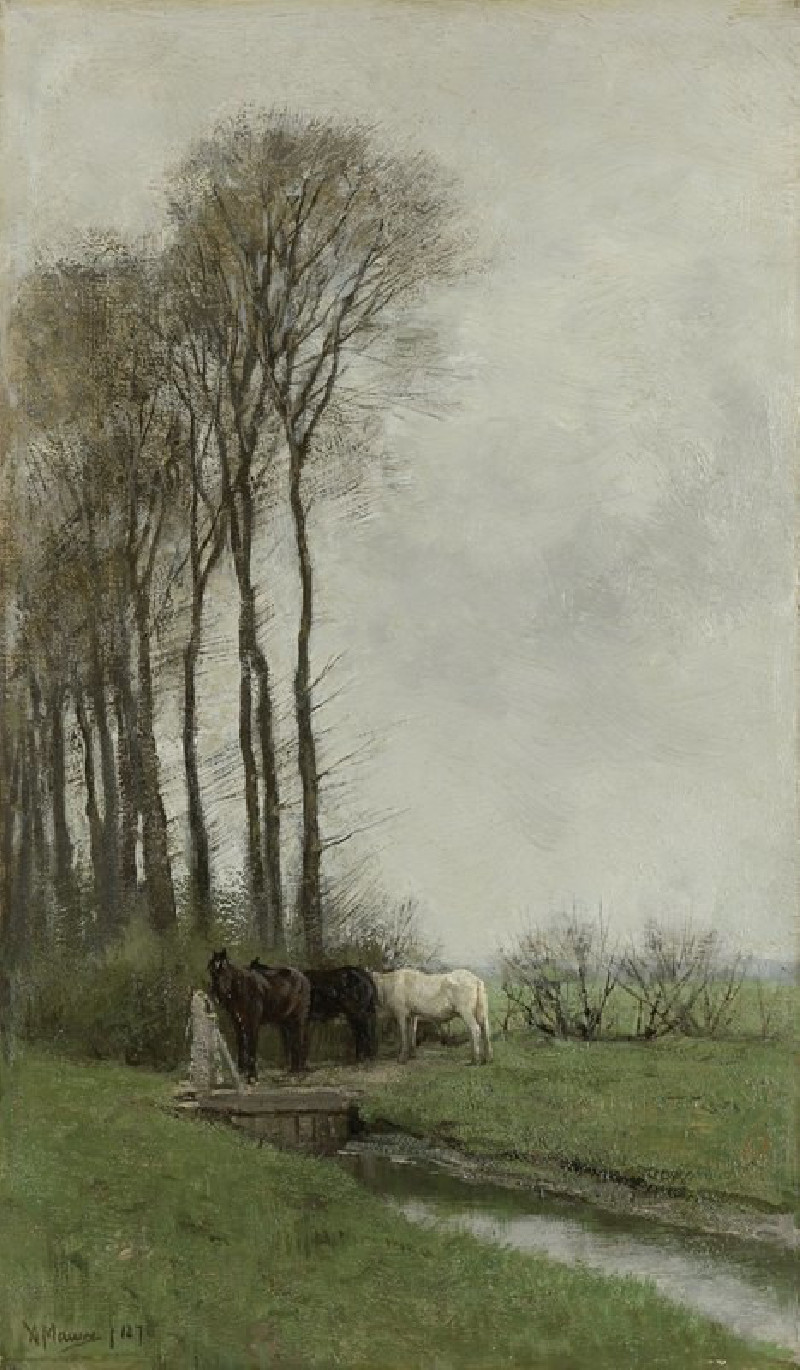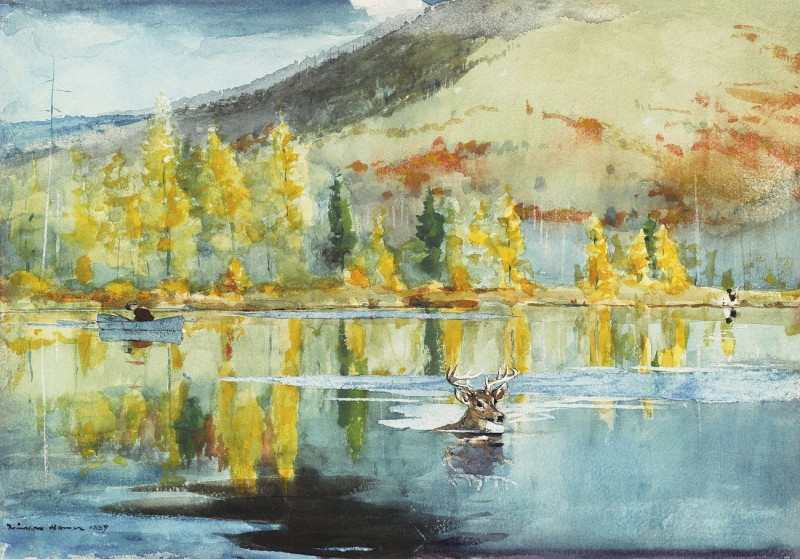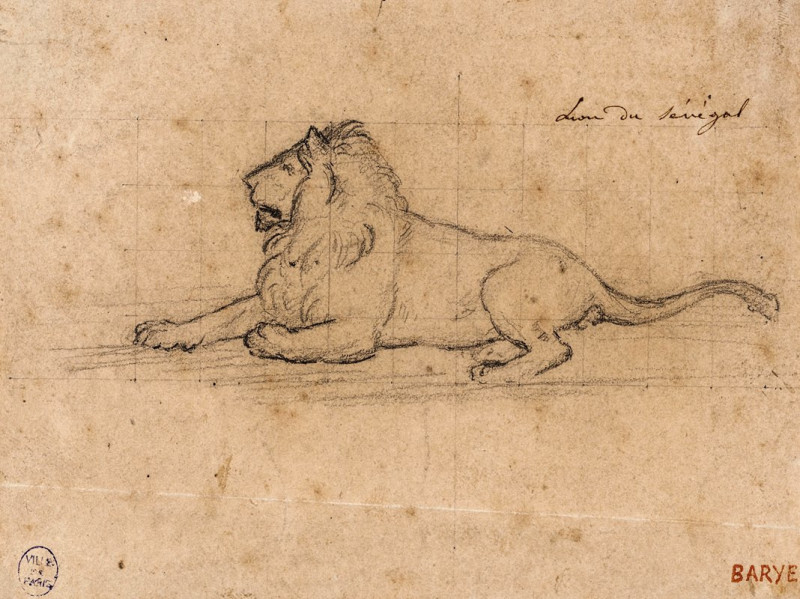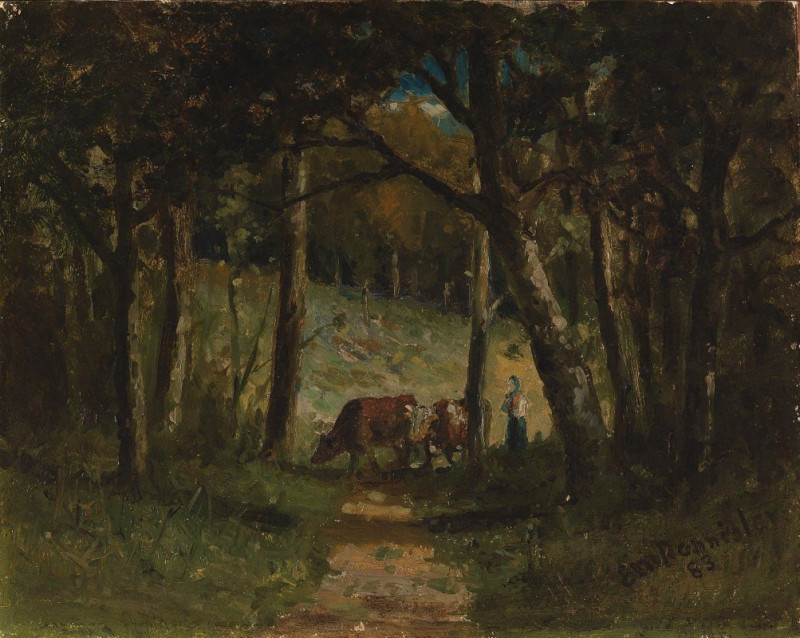Madame Roulin and Her Baby (1888)
Technique: Giclée quality print
Recommended by our customers
More about this artwork
Vincent van Gogh's painting "Madame Roulin and Her Baby," created in 1888, is a touching and expressive portrayal of maternal affection and infant innocence. The painting prominently features Madame Roulin, a graceful maternal figure, who is elegantly obscured in the side profile to the right. Her slightly bent posture suggests attentiveness and caring as she supports her baby, who occupies the central focus of the composition.The baby, dressed in a white gown with soft, puffy sleeves, gazes towards the viewer with wide, curious eyes. A sense of movement is created by the child's arm positions and the way the white garment spreads across the mostly monochromatic yellow background, invoking a vivid contrast. The baby's bonnet adds a touch of delicacy to the portrayal.Van Gogh's use of color in this painting is striking—especially the intense yellow background that not only draws attention but also evokes a sense of energy and vibrancy. The brushstrokes are expressive, contributing to the emotional depth and texture of the piece. The painting's composition, with its bold colors and dynamic lines, reflects Van Gogh's distinctive style during his time in Arles, France. This piece is an excellent example of how Van Gogh captured human subjects with empathy and vibrant expression, focusing on ordinary people from his surroundings to convey universal human emotions.

